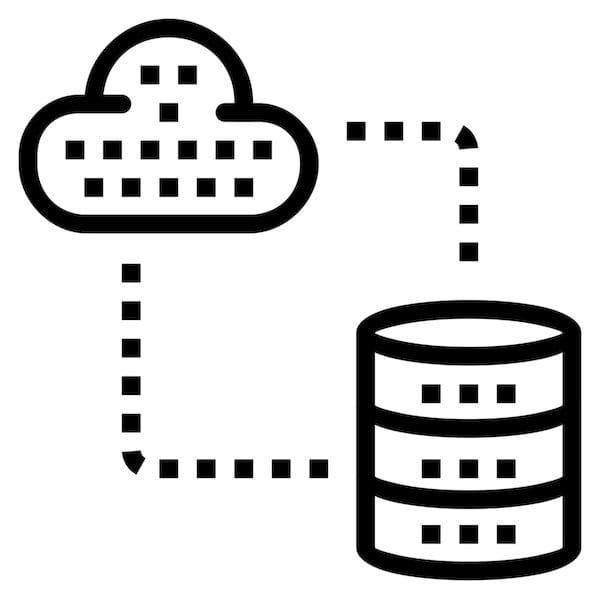![Data shards [Source: Onshape]](https://fabbaloo.com/wp-content/uploads/2020/05/image-asset_img_5eb0977ceb9d3.jpg)
For prospective and current users, there is no shortage of 3D CAD options.
Although they all do basically the same thing, design solid and surface 3D models, there are definitely differences in design methodologies, ownership, core and add-on capabilities, maintenance and updates, hardware requirements, design data storage, and a host of other issues.
One of the biggest but often overlooked aspects and considerations of a CAD system is the way it stores design data that influences data integrity, versioning and security, and how it can affect work in process.
After returning from a recent regional roadshow to better understand its customers, Onshape co-founder, John McEleney, said, “The big insight from meeting face to face with customers was that our product is centered around making the process of how people perform design and manufacturing work more seamlessly. This is important because the way in which people did design work and communicated with suppliers with design products built 25 years ago is very different from today.
“I think of my own product design experience prior to Onshape where we designed something in one part of the building and walked down to the shop floor on the other side of the building when questions arose. When you design now, you’ve got suppliers around the world. You’ve got contractors working with you. You’ve got different file formats, different languages and different schedules. It’s just a collection of communication interactions that are quite challenging given that the tools they’re using were designed 25 years ago.
“With Onshape, what we built and what has resonated with people is that we’ve got a collective platform that really takes the tools engineers use in their daily lives, whether it’s email, chat, PDFs, file management or PDM. All of these tools that people use are cohesively integrated instead of being cobbled together as a way to connect and work with people. With Onshape, we’ve built a unified platform that really enhances and facilitates that community.”
Benefits of CAD Databases Versus Files
From the beginning of the CAD era, which is now decades old, virtually all vendors developed their CAD software for storing design information in some sort of file structure. Realizing the shortcomings and limitations of file-based storage, companies such as Onshape realized there was a better way—storing design information in databases.
Some CAD systems have introduced a “new” type of file storage system, so-called “file-less,” “no file” or “zero file” databases. The end user only interacts with the PDM interface, which is often an extra expense add-on, and never sees the actual CAD files. However, the files are downloaded in the background when a user wants to work on them. If you know where to look, you’ll find them hidden in an obscure area of your hard drive. While these files can be technically referred to as a cache, they still contain the editable CAD data and each file must first be downloaded before the CAD system can open it.
There are advantages to this method of data storage. First, there is a central file store so that anybody can get the data they need without having to worry where any of the files are located, which is the same as regular PDM. Second, the cached files are sufficiently hidden and complicated so that they can only be opened by the installed CAD system, intentionally.
However, the downside to this method is that it doesn’t really offer any real benefits to engineers. When a part needs to be edited, it is downloaded locally on a user’s hard drive and locked so that nobody else can edit it. This is similar to checking out the data from a file-based PDM system. Once an edit is complete, the part file is committed back to the database, save and check-in, which, for a large file, can take some time while the file is copied back to the server over a network or internet.
On the other hand, Onshape uses a unique document-oriented database model that supports various forms of data and completely flexible schemas. It is a high performance, distributed non-relational database that is used in big data applications and other processing jobs involving data that doesn’t fit well in a rigid relational model. Instead of using tables and rows like relational databases, a non-relational database architecture is made up of collections and documents.
This fundamental difference is what enables real-time collaboration, simultaneous editing, instant and secure sharing, version control, and release management. There are definitely NO files here.
This absence of files means that an entire design team can work on the same project, same assembly, same part and even the same sketch if need be. At the same time, nothing is locked. All design activities are carried out in parallel. As changes are made, every action is recorded in the database and instantly updated wherever it’s used. There is no save button, no check-in/check-out, no accidental overwrites and no waiting around for someone else to finish their work before you can start yours.
Read more at ENGINEERING.com











Tech Soft 3D, a producer of powerful toolkits for CAD/CAM applications, received significant funding.